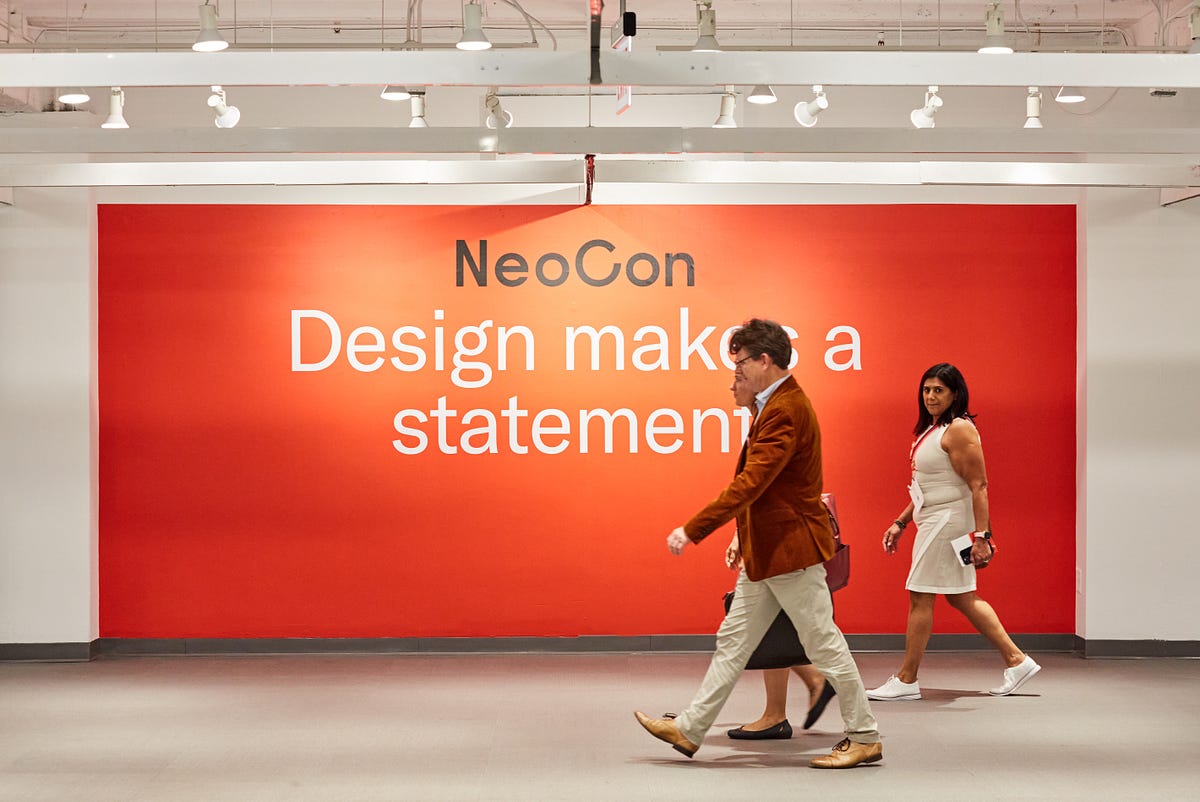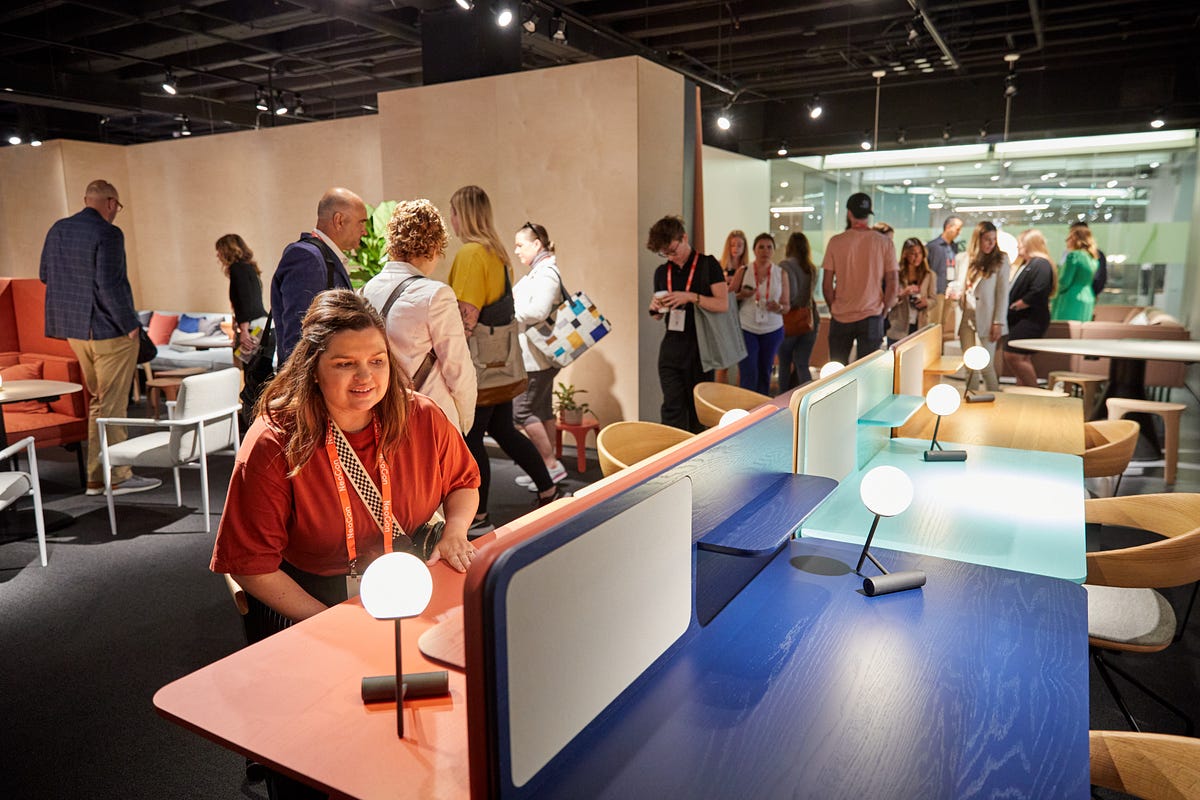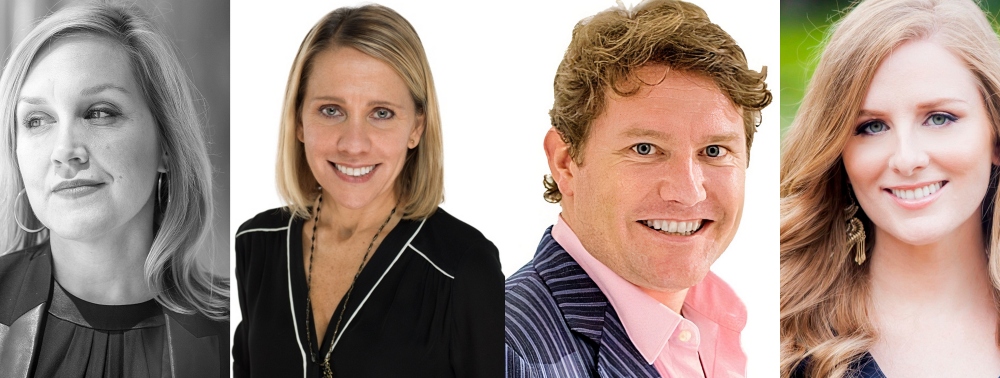…I look forward to seeing a surge in creativity, communication, and inclusion in the workplace. It is clear that community and in-person collaboration are more valued than ever. In a time where so many aspects of our lives are virtual, being together is going to take on a new significance and this is a crucial aspect of workplace innovation. That being said, I believe that as technology evolves it will continue to improve and complement how we work, allowing for more efficient, creative, and productive workplaces. I’m also hopeful that resulting from current efforts we will see greater diversity and inclusion in the workplace, with more employees from a wider range of backgrounds offering unique and fresh perspectives and ideas.
When it comes to designing the future of work, one size fits none. Discovering success isn’t about a hybrid model or offering remote work options. Individuals and organizations are looking for more freedom. The freedom to choose the work model that suits personal preferences and needs of today’s workforce. The freedom to choose their own values. And the freedom to pursue what matters most. We reached out to successful leaders and thought leaders across all industries to glean their insights and predictions about how to create a future that works.
As a part of our interview series called “How Employers and Employees are Reworking Work Together,” we had the pleasure to interview a selection of leaders in the world of workplace design. Occurring every June at THE MART in Chicago since 1969, NeoCon is the most important annual event for the commercial design industry, bringing together more than 50,000 designers, architects, manufacturers, dealers and end users over the course of three days. We called upon seasoned members of the NeoCon community to share their expertise and help explain the changes and trends around how we work. Joining us today is Lisa Simonian, VP of Marketing for NeoCon, members of the NeoCon advisory board and jurors of the prestigious Best of NeoCon Awards including Brooke Horan (Principal at HDR), and Katie Titi (Creative Director and Workplace Strategist), as well as Clayton Oxford, Director of Marketing at long-time NeoCon exhibitor, Bernhardt Design.
NeoCon is the world’s leading platform and most important event for the commercial interiors industry, held each year at THE MART in Chicago. Since launching in 1969, NeoCon has served as the annual gathering place for the commercial design world’s manufacturers, dealers, architects, designers, end-users, design organizations and media. The three-day event showcases game-changing products and services from close to 500 leading and emerging companies — providing unparalleled access to the latest and most innovative solutions. A robust educational program of keynote presentations and CEU sessions offers world-class expertise and insight about today’s most relevant topics as well as the future of commercial design.
Thank you for making time to visit with us about the topic of our time. Our readers would like to get to know you a bit better. Let’s zoom out. What do you predict will be the same about work, the workforce and the workplace 10–15 years from now? What do you predict will be different?
Katie Titi: Despite greater movements towards user-centric, wellness-focused work, what I predict will be the same is that we will continue to see a percentage of employers not adapt to the changing workforce. People will still work in these environments in order to “pay the bills,” but they won’t like it as much as other options and these businesses will see a lot of turnover. Some of these businesses may not survive, or they will thrive in toxicity, burning through their workforce, leaving workers feeling used (and sometimes, confused/disheartened).
In terms of what will be different, I believe that the companies who continue to pay attention to their employee’s needs will offer more diverse options in terms of how and where people work. We will see a strong range of traditional to totally outside the box working arrangements. Some of the new arrangements will continue to include working from home. I also anticipate that emerging technologies like virtual reality and the metaverse will play a role and enhance the effectiveness of remote work. Unfortunately, corporations may also use these tools to more closely track their workers, and the environment may put a strain on corporate policies/implementation. If technology has already made some feel like they were in a “Big Brother” surveillance environment globally, there will be even more of that going forward whether or not virtual reality becomes a new trend at work (and I think may). It will be up to employers and stakeholders to use the technology ethically and responsibly. It will also be even more challenging for employees to have an effective work/life balance as the virtual environment is so immersive. Millennials and Gen X may struggle with this technology adaptation as they age in the workforce.
Clayton Oxford: The primary constant in everything is of course the passage of time and change. From a manufacturing perspective, continuing to develop and introduce new, original designs and innovative products which meet the demands of this constant evolution will always be a key component of the workplace design ecosystem. Some other constants I feel will be are:
1. Building and maintaining relationships with stakeholders, including customers, employees, and the media, whether it is traditional, digital or social. This remains a crucial aspect of any organization’s success.
2. The need for effective internal and external communication will continue to be essential.
3. A good work-life balance will continue to be recognized
In terms of what will change I believe that the workplace is likely to become more flexible, diverse, and technology-driven, with a continued and an increasing focus on sustainability, inclusivity, and lifelong learning. I also predict that artificial intelligence (AI) will continue to become increasingly more prevalent. We are currently in the “wild west frontier days” of this new era, which will require an entirely new skill set from employees and adaptation from companies.
What advice would you offer to employers who want to future-proof their organizations?
Brooke Horan: I would advise employers to
1. Integrate new technology to create new, consistent, supported workflows
2. Encourage flexibility to manage the constant change and uncertainty that is inevitable in business
3. Foster an organizational culture that people want to be a part of.
Clayton Oxford: The key to future-proofing organizations is adaptability, innovation, and forward-thinking. By embracing new technologies, fostering a culture of learning, and building diverse and inclusive teams, while prioritizing sustainability and environmental responsibility, you can continue to thrive and grow in the years ahead. Overall, while there are certainly challenges facing all industries, the most successful organizations will be those that can acclimate to changing circumstances, leverage new technologies and channels, and maintain a deep commitment to ethical and transparent communications.
What do you predict will be the biggest gaps between what employers are willing to offer and what employees expect as we move forward? And what strategies would you offer about how to reconcile those gaps?
Brooke Horan: While each type of organization and workplace has its own anomalies, both employers and employees are seeking a balance of certainty and flexibility for different reasons. Optimizing an organization’s real estate portfolio means assessing space utilization. Tech-enabled collaboration platforms afford many employees the ability to work remotely and offer the potential for greater work-life balance. Moving forward, both employees and employers can expect to find success by identifying opportunities for balance and flexibility.
What is your greatest source of optimism about the future of work?
Lisa Simonian — I look forward to seeing a surge in creativity, communication, and inclusion in the workplace. It is clear that community and in-person collaboration are more valued than ever. In a time where so many aspects of our lives are virtual, being together is going to take on a new significance and this is a crucial aspect of workplace innovation. That being said, I believe that as technology evolves it will continue to improve and complement how we work, allowing for more efficient, creative, and productive workplaces. I’m also hopeful that resulting from current efforts we will see greater diversity and inclusion in the workplace, with more employees from a wider range of backgrounds offering unique and fresh perspectives and ideas.
Our collective mental health and wellbeing are now considered collateral as we consider the future of work. What innovative strategies do you see employers offering to help improve and optimize their employee’s mental health and wellbeing?
Katie Titi: I really hope more companies look at all the ways in which they can provide mental health support, beyond basic health insurance. Some companies include offerings such as free memberships to meditation apps, as well as meditation lounges, and more. Most importantly, what I hope they will do more of is listen to people’s genuine concerns about the open office environment and make positive changes to better support neurodiversity. It’s encouraging to see companies like LinkedIn and the BBC taking steps in this direction.

It seems like there’s a new headline every day. ‘The Great Resignation’. ‘The Great Reconfiguration’. And now the ‘Great Reevaluation’. What are the most important messages leaders need to hear from these headlines? How do company cultures need to evolve?
Brooke Horan: People want to work for companies that align with their values. Employers need a deeper understanding of the values and needs of their employees. Evolution should include development of a culture based on an open, transparent, and on-going dialogue regarding the values of employees and employers. It was proven to us during lockdown that we are capable of working and collaborating remotely, but people also crave face to face interactions with colleagues. It is not “one size fits all” and employers will need to evolve and be flexible with this changing landscape and both physical space and virtual tools must support this.

Let’s get more specific. What are some “Top Trends To Track In the Future of Work?”
Katie Titi:
- The possible increase of people leaving corporate roles to pursue their own business,, especially those in marginalized and underserved demographics, such as women, BIPOC, neurodiverse populations, etc. who don’t always feel their goals and concerns are fully-supported by corporate environments.
- The future of the office environment: Tracking open office, home office, remote office, dynamic/hybrid office, and the possibility of implementing virtual offices in the future (If so, how will offices implement a virtual office extension?)
- Workers rights changing the dynamic of the work environment: “Anti-bullying at work” legislation is now being considered in the United States, but this is standard policy in some European countries. It will be interesting to see if it’s implemented, and how corporations respond to legal ramifications. Will they double-down on approach and try to rid the legislation, or adapt and work with employees on creating work environments that are emotionally-safe spaces?
- Data: Tracking trends like quiet quitting, job hopping, and no-notice reported by companies and reviewing studies completed when these occur. Additionally, what are the exit interviews and surveys telling us?
Brooke Horan:
- Wellness will be more of a priority. I predict more regular support for physical and mental wellbeing in the workplace.
- ESG and Sustainability. With increased awareness around respecting our planet, our workers, and our communities, I expect that our offices and work practices will hopefully prioritize a sustainable and socially responsible ethos and environment.
- Automation/AI/ Cybersecurity will be incorporated in more standard practices. Companies will use AI to help ideate and streamline day to day operations
- With an increased attention on DEI, I expect a change in worker demographics for the better. I predict more diverse and inclusive work environments across the board.
- Globalization– with our increased ability to connect virtually with so many time zones and counties, I predict our companies will get more global: our clients will be more international, our scope of work will expand, and we will be able to work and employ more people from around the world.
Thank you for sharing your insights and predictions. We appreciate the gift of your time and wish you continued success and good health.


